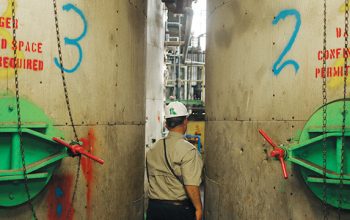OSHA clears some worker doubts and indicates that surgical or cloth masks do not represent adequate protection for workers in the construction sector. Employers should not purchase them when respiratory protective equipment is needed.
In general, employers should always rely on a hierarchy of controls and safe work practices to avoid exposing workers to respiratory hazards before relying on respirators. It is necessary to start from the elimination of the risk, establish engineering and administrative controls before considering a protective equipment.
When respirators are needed, OSHA guidance describes what must be met regarding the use of respirators , including to use them beyond the useful life recommended by the manufacturer, reuse of certain models and / or the acquisition of some under standards or certifications from other countries.
What to do when there is no supply of respirators?
The Centers for Disease Control and Prevention and OSHA recommend the use of surgical masks or cloth face covers when respirators are required, but they are not available in the context of COVID-19. However, this is not to suggest that surgical masks or cloth face coverings provide adequate protection against exposure to airborne contaminants for which respirators would normally be required. Employers must still comply with the provisions of any regulations that apply to the types of exposures their workers may face. For example, the permissible exposure limits for asbestos and silica remain in place and surgical masks are not an acceptable means of protection.
If respirators are needed but not available; Exposure of workers to the hazard should be avoided, even when the hierarchy of controls cannot be applied. Whenever possible, the task should be delayed until control measures are available to prevent exposures or reduce them to acceptable levels (below OSHA permissible exposure limits).




